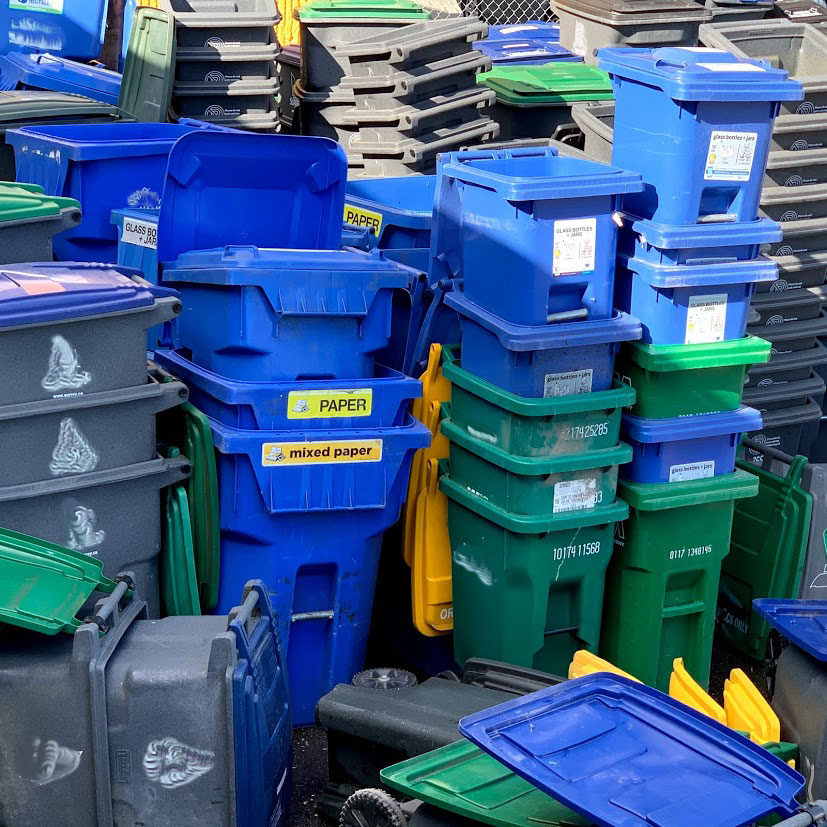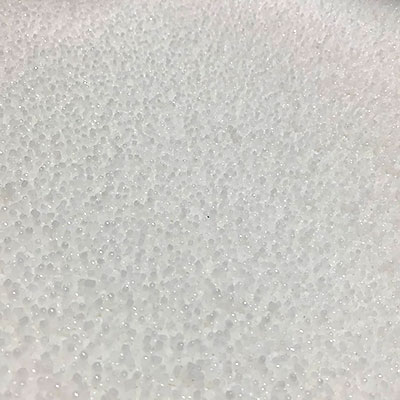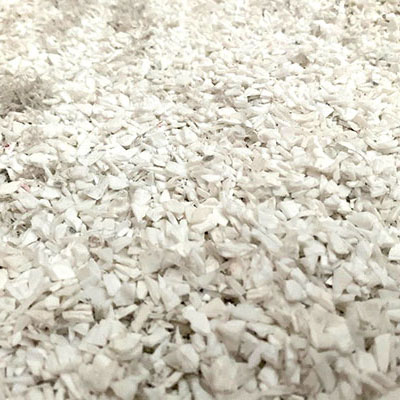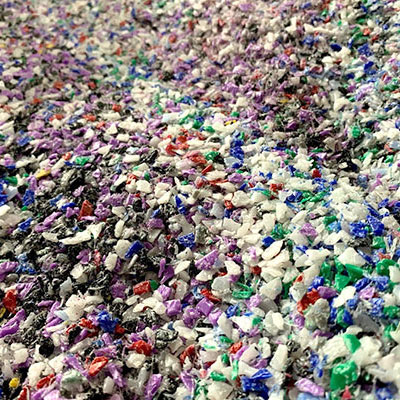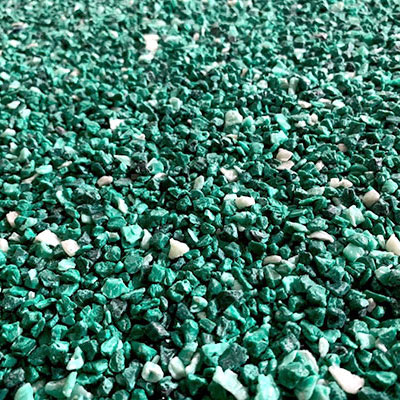PLASTICS RECYCLING
One of the most important aspects of the plastics industry, recycling allows us to builds brand new parts out of plastic items that have come to the end of their run.
Through wear-&-tear, mishandling, discoloration, age and other factors, plastic items undergo degradation which ultimately will make them no longer useful for their original purpose. Fortunately, thermoplastic resins such as polyethylene and polypropylene, materials we widely use, are capable of being melted multiple times and formed into new parts each time. This is a quality of the polymer chains, the long intertwined molecules that make up plastics and give plastic parts their characteristic stiffness and solidity. Thanks to the thermoplastic property, plastic resin remains in production over and over, each time being recreated into a new object.
Globally, only about 9% of plastic is recycled. But that’s not generally because the recycling technology is lacking. It’s usually because it’s not economically feasible to collect, clean and sort plastic waste — at least not in the U.S., where new plastic is cheaper. We are committed to doing our part in changing these numbers. Everything we manufacture can be returned to us for recycling at the end of its useful commercial life with the guarantee that it will be recycled and the plastic will be reused in one of our many product lines.
Wikipedia has a great entry on plastics recycling. In the terminology used there, the kind of recycling process used at Thunderbird Plastics is called mechanical recycling, or “chop-and-wash“.
Typical virgin plastic resin is usually formed into pellets at its origin, as derivates of petroleum. To allow for generic use and colour, they have a neutral, opaque, partially transparent “milky white” look to them.
This is the typical look of brand new plastic. This may then be mixed into recipes that include other kinds of plastic additives, capable of enriching the base material with properties that affect its characteristics such as appearance (colour, sheen etc..), structural integrity (glass fibres, calcium carbonate etc..) and chemical response (ultraviolet degradation retardant).
Recycled plastic does not have the same clean appearance of the virgin counterpart. Fortunately, it does maintain its other properties when properly cleaned. To correct its appearance, the same additives used in virgin material can be used in recycled material. This batch of recycled white plastic happens to all be of the same colour, and therefore offers a reasonably predictable appearance once it will be moulded anew. But it is very rare to have a batch of recyclable objects that are all of the exact same colour. This is the more typical appearance of batches of recycled plastic:
These mixes require the addition of colourant to be moulded into a commercially-viable new product.
Products made of recycled plastic can quite comfortably last just as long as ones made of virgin plastic; at the end of their usefulness, they may enter the recycling process once again and become brand new objects all over again, but at a reduced cost to the final consumer, and obviously at a reduced carbon footprint.


